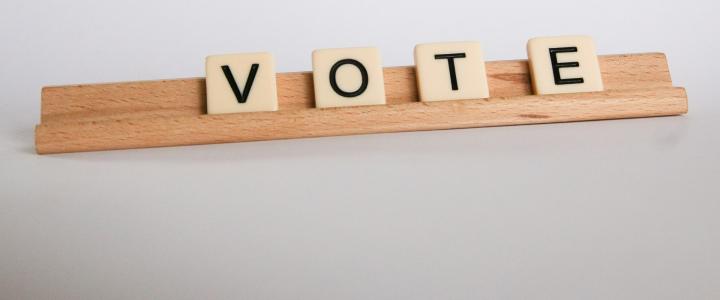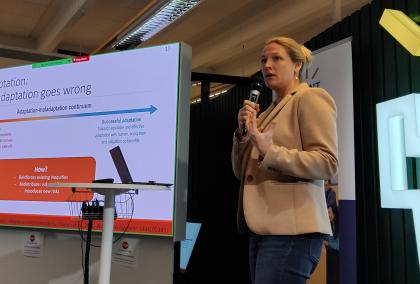

The pandemic has made “social distancing” a prevalent concept. A Pew Research Center poll conducted at the onset of the pandemic found two-thirds of Americans would feel uncomfortable going to a polling place to vote.
During the primary elections in the spring and summer states scrambled to hold elections while also trying to contain the virus. Voting reforms like early in-person voting and mail voting were rushed into operation to accomplish these goals. With the general elections over (there remain two Senate races in Georgia left to run in January 2021), the 2020 election is remarkable for the rapid change in how people cast their ballots this year.
Prior to 2020, about 40% of Americans cast a ballot early. The preliminary results from the general election show that rate increased to about 64% in 2020. By comparison, about half of Finnish voters cast ballots in advance in either presidential or parliamentary elections.
The early voting rate in 2020 is, as far as I’ve been able to determine, the second-highest rate of voting early (just below 70% in the 2020 parliamentary election in New Zealand) among countries where the voter can choose when to return her ballot. South Korea, another country that held parliamentary elections during the pandemic, reported about 40% of votes were cast early (an increase from about 12% in the 2016 elections). COVID-19 accelerated the shift toward voting prior to election day that was already underway.
Second, COVID-19 has reduced regional differences in voting patterns. Prior to 2020, mail voting was largely used in the western states (Colorado, Hawaii, Oregon, Utah, and Washington conduct elections entirely by mail); early in-person accounted for most of the votes in the southern states. Many observers, myself included, were skeptical that mid-western and northeastern states would be able to effectively deploy early voting options in time for the general elections with limited time and resources. The Wisconsin presidential primary in April was a worrying example because almost 15% of the mail ballots cast in the election were not counted.
These fears proved to be overly cautious, however, as preliminary results find the rejection rate among mail ballots in the general election was lower than expected.
Early voting in 2020 amounted to about 74% of the total ballots cast in 2016. While that rate was higher in western and southern states that were already accustomed to voting early, the early voting in the mid-western and northeastern states amounted to almost 60% of the total ballots cast in 2016 in these regions. New Jersey even followed the example of Oregon and the other western states by mandating the election be conducted entirely by mail. Election officials across the country showed a tremendous capacity for adapting to the pandemic and maintaining the integrity of the election.
Whether states retain these voting reforms into the future, however, is an open question. The temporary measures to hold an election during a pandemic may be taken back. I suspect, though, that voters may be reluctant to return to the polling place after successfully and safely voting from home.
Peter Miller is 2016-17 Fulbright-University of Tampere Scholar and a researcher at the Brennan Center focusing on redistricting, voting, and elections.
Read the whole Fulbright Finland News magazine 2/2020!





